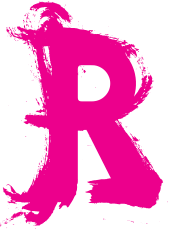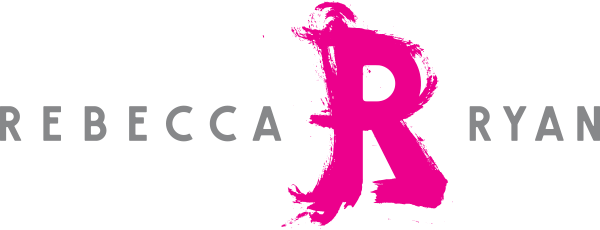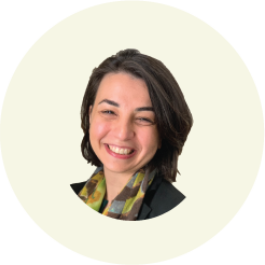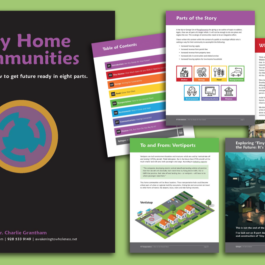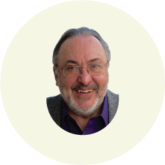What are the top 10 trends for the next ten years? Download the report here.

Middle-school students with “All Talk No Action,” their collaborative sculpture developed in response to Kerry James Marshall’s “A Monumental Journey" (in the background). Learn more here.
In this Q&A session, Rebecca Ryan delves into the world of Teva Dawson, the visionary founder of Group Creative Services, a public art consultancy. Exploring the intersection of art, community, and imagination, Teva provides insights into the strategic foresight process and the challenges and opportunities that lie ahead.
How do you describe what you do?
I’m the founder of Group Creative Services, a public art consultancy. We beautify shared spaces, yet offer more than adornment. We engage artists to foster a connection to place, honor local culture, generate new forms of dialogue, see spaces anew. We are especially interested in engaging artists for transformational change of systems.
What’s the most exciting or transformative aspect of your work?
Art inherently takes you to new places. For many of us, newness creates discomfort. I enjoy it when individuals and organizations trust us to guide them through a process to be more brave and innovative. It’s rewarding to see people step through their discomfort toward a better outcome.
As you think ahead, what do you think are the big questions your clients and communities will grapple with? What do you think is coming next, for communities who want to integrate the arts and artists more intimately in their communities?
It is the big questions communities are not asking that concern me. Communities want artists to support distinct places to live (adornment), yet will it matter if the people that live there still experience the realities of climate change, social isolation, inequality and so on? We believe in the creative juice of artists to address stubborn questions, especially our big civic questions. When businesses and governments are pulling together “multidisciplinary” teams, artists should be part of supporting new ways of thinking and approaching problem-solving. Artists can offer so much more than making a thing; they can approach questions differently, leading to different answers – new ways of being and doing.
What’s one “objection” you used to hear about your work that you don’t hear anymore…and why is that? What’s changed?
Individuals and communities are eager to check the box that says “we hired an artist” for a project; there is now pride in supporting local artists. I’m not sure I entirely know why this has happened. We have benefited from the cultural cache of folks wanting to work with artists, yet I worry that, much like representation of non-white people, it is not really engaging artists in the transformational change of systems.
You’ve participated in one of our strategic foresight processes. What did you find valuable about it? Is there creativity in foresight?
It seems uncommon to dwell in imagination, especially in a large group. That collaborative aspect of imagining made it seem more likely to become real. We all basically go where we look, traveling in the direction of our vision and the stories we tell ourselves every day. Taking time to imagine with others felt like a promising step toward newly created, shared futures.
Everyone’s talking about ChatGPT, but DallE was around even before that. We know that artists have spoken publicly about feeling that DallE and other art AIs will crowd them out. What’s missing from the public conversation about DallE or art AI?
There is a lot to talk about considering AI’s ability to synthesize information, efficiently bring knowledge together with imagination. Neuropsychologists tell us there is a difference in human intelligence and creativity. Creativity is a uniquely human characteristic. It is how we build meaning and experience joy. Artists are creative thinkers. We will still need artists to foster collective effervescence, moral beauty, awe and wonder.
I believe that good questions are at the heart of unlocking people’s creativity. What’s one question you wish everyone would ask themself/herself/himself?
An obvious question is "What if there were no limitations?" It encourages thinking about what someone truly wants to achieve, which may unlock new ways of thinking that were previously hidden by self-imposed restrictions. I’m also fond of “What’s the best thing that could happen?” – challenging people to imagine radically positive outcomes.
If you enjoyed this post, please subscribe to our newsletter.
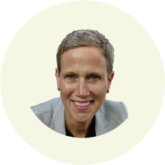
Rebecca Ryan, APF
Rebecca Ryan captains the ship. Trained as a futurist and an economist, Rebecca helps clients see what's coming - as a keynote speaker, a Futures Lab facilitator, an author of books, blogs and articles, a client advisor, and the founder of Futurist Camp. Check out her blog or watch her Q&A on how NGC helps organizations prepare for the future using Strategic Foresight. Contact Lisa Loniello for more information.
Yasemin Arikan Promoted to Director of Futures Research
NEXT Generation Consulting (NGC) announced the promotion of Yasemin Arikan to Director of Futures Research. Arikan will lead the company’s efforts to...
Is Your Housing Market Ready for Your Future?
One of the biggest problems facing many cities and towns is inadequate housing. This problem is most acute for seniors, veterans with disabilities, and low-income groups ...
Three Things Martha Stewart Gets Right About Return to Office (RTO)
The original influencer and the person who invented the "Home" retail category, Martha Stewart, became the latest CEO to tell employees to get back to the office five day...
